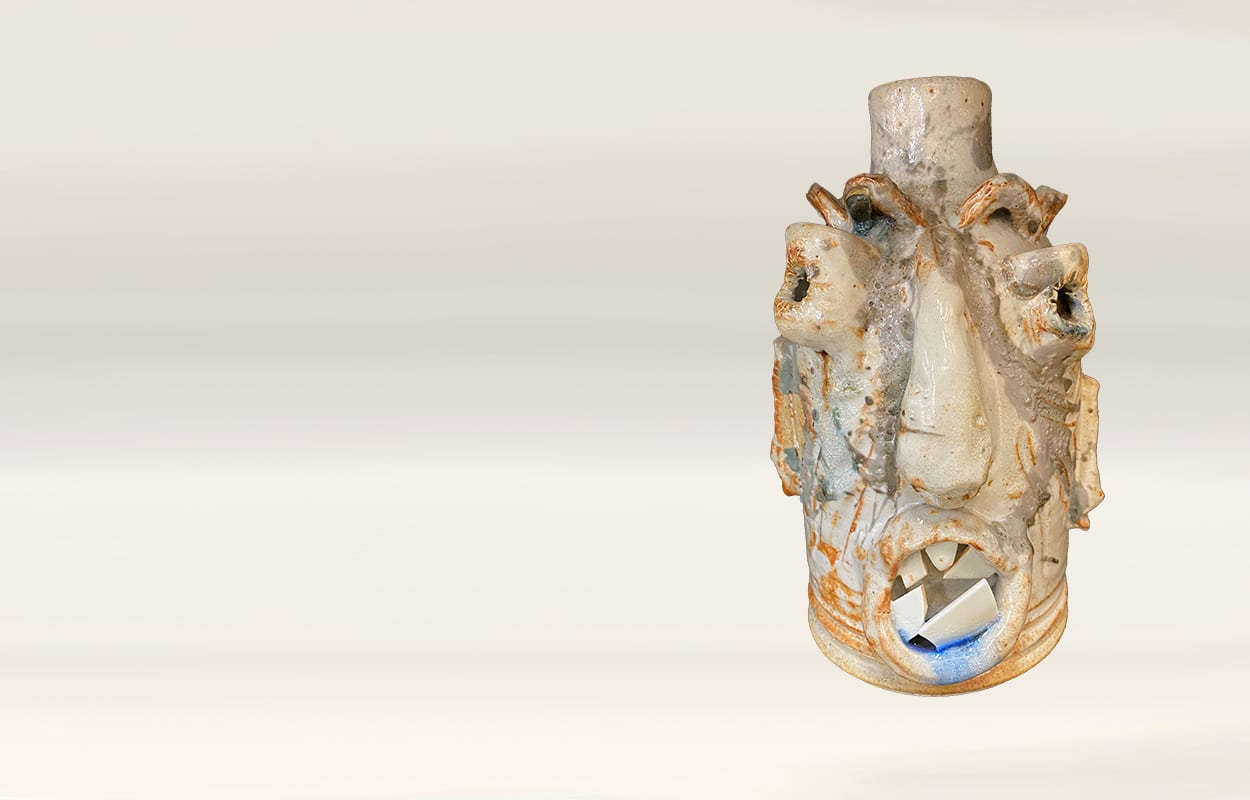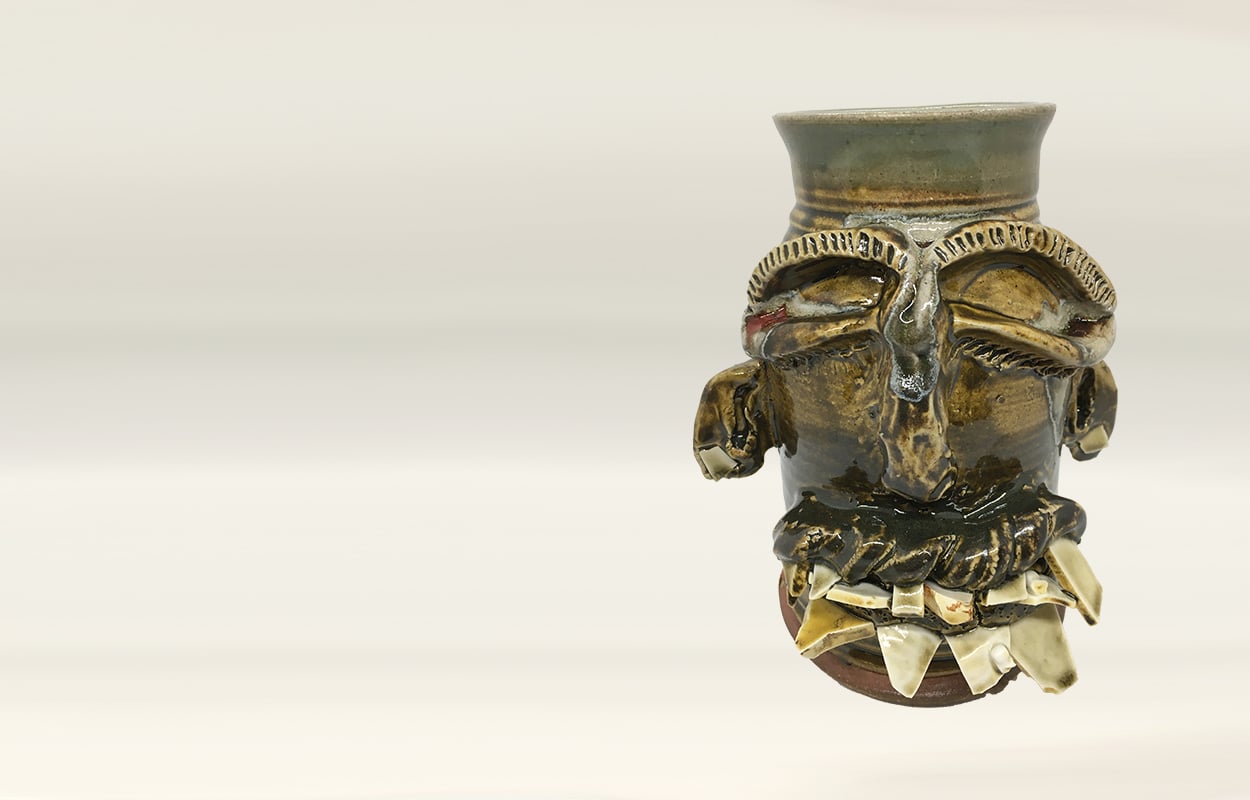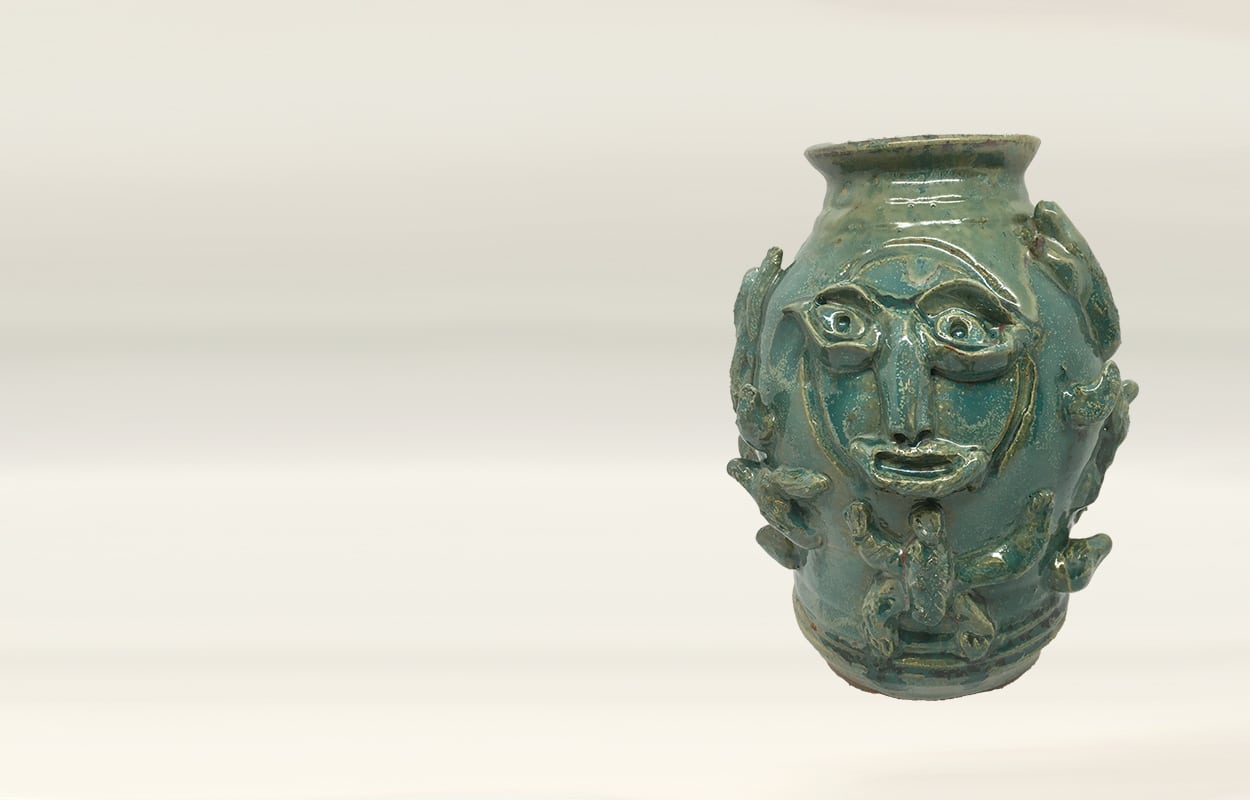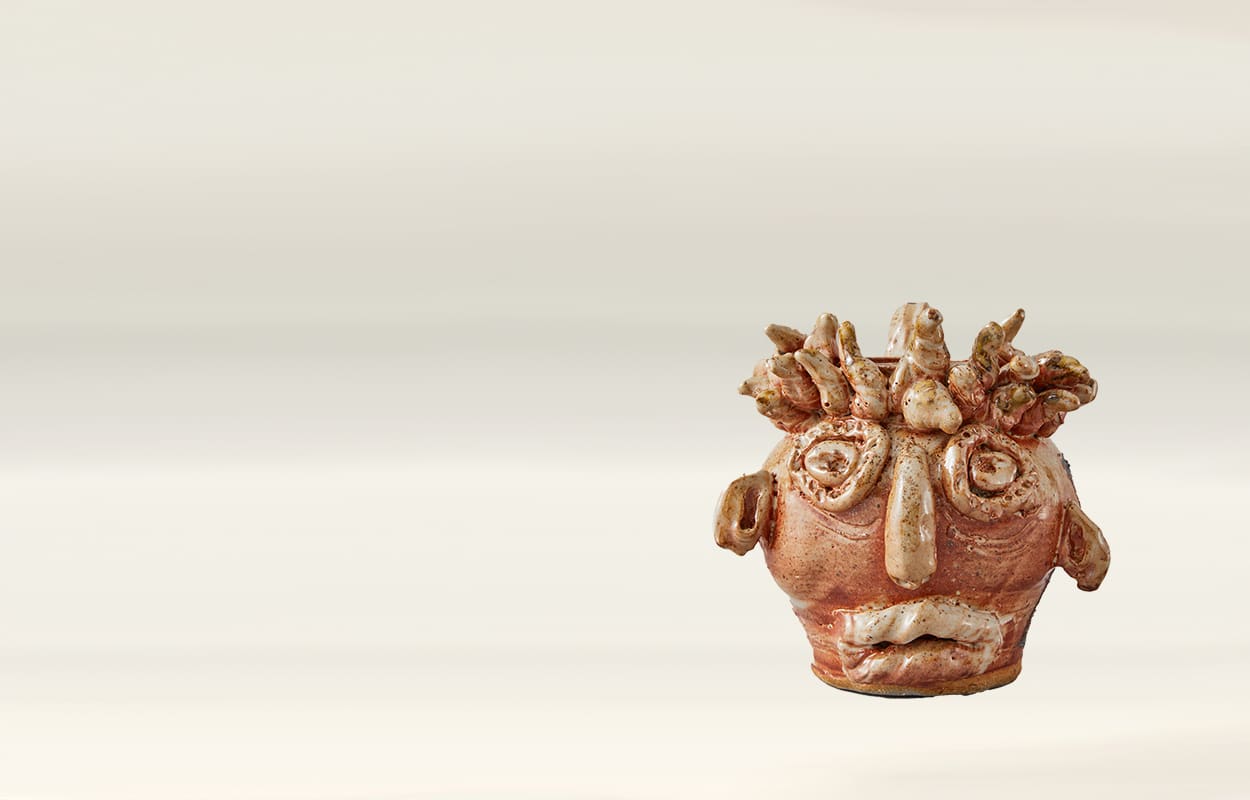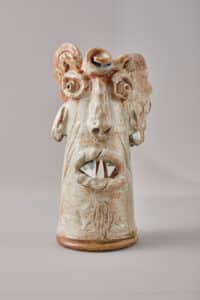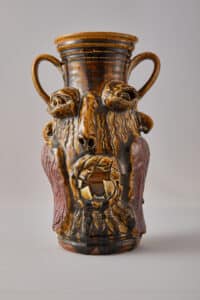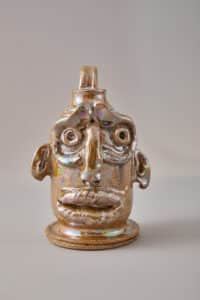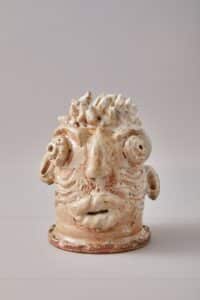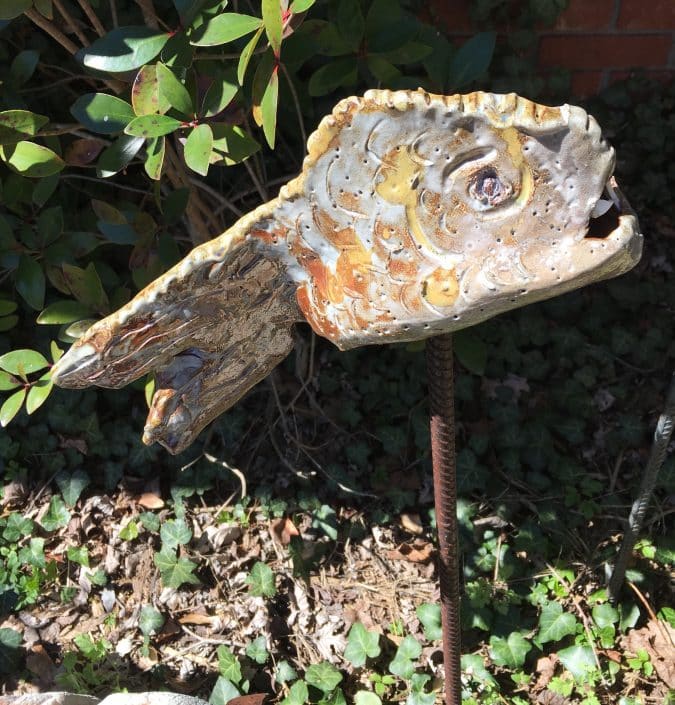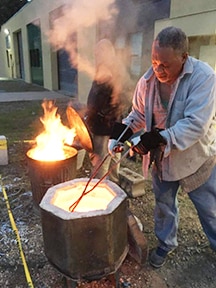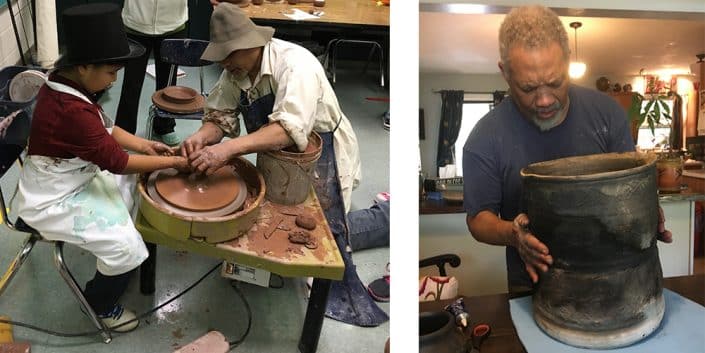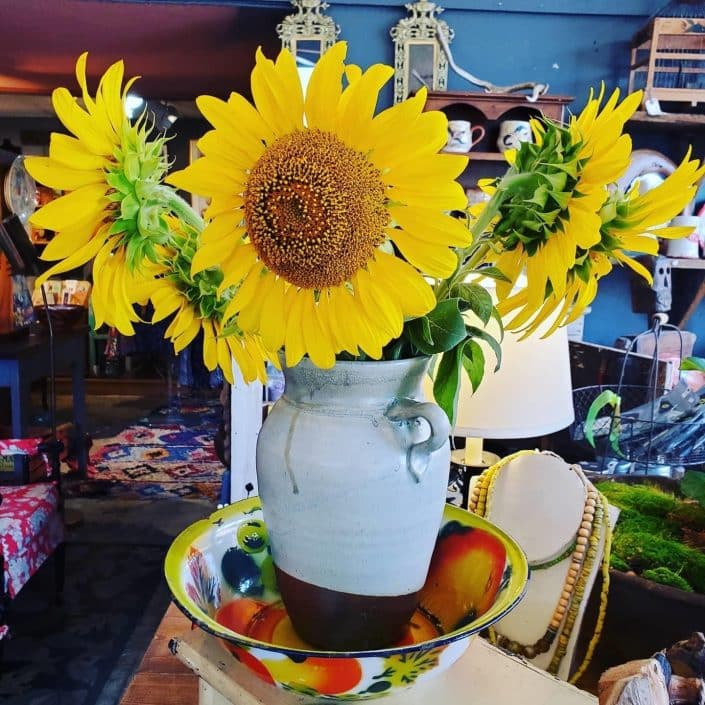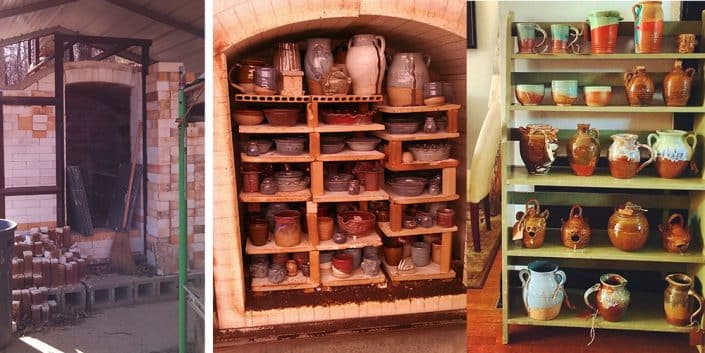In 2025, both the Metropolitan Museum of Art in NYC and the Smithsonian‘s National Museum of African American History and Culture will add Jim McDowell’s face jugs to their permanent collections.
Events
“Tale of Two Cities”
“Tale of Two Cities”
New Orleans Academy of Fine Arts
Saturday, Sept. 13 – Saturday, Nov. 8, 2025
New Orleans, Louisiana
This exhibit honors artists of New Orleans, LA, and Asheville, NC,
who persist in the wake of destruction.
“Living History: David Drake the Enslaved Black Potter”
“Living History: David Drake the Enslaved Black Potter”
Saturday, May 24,2025 @ 2 p.m.
Portrayed by Jim McDowell
Folk Art Center – Blue Ridge Parkway, Asheville, NC
ArtFields, Lake City, SC
ArtFields, Lake City, SC
“Remembrance”
A solo show of work by Jim McDowell
September 2024 – January 2025
The Metropolitan Museum of Art
The Metropolitan Museum of Art
New York, New York
September 2022 – February 5, 2023
https://www.metmuseum.org/exhibitions/listings/2022/edgefield
“Hear Me Now”
The Black Potters of Old Edgefield, South Carolina

